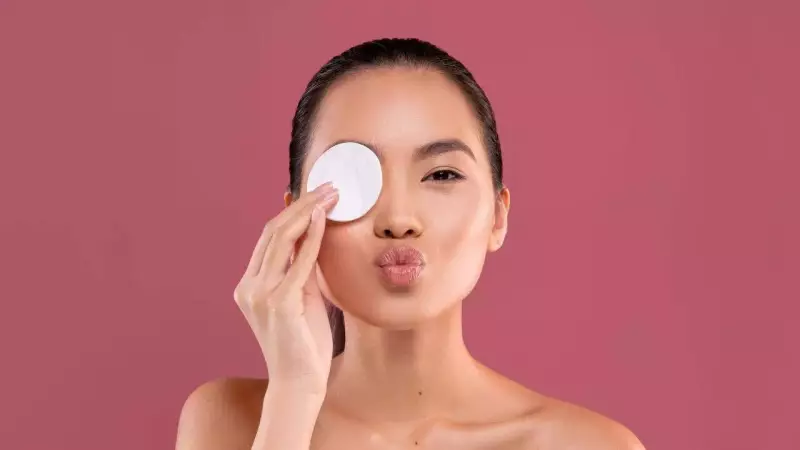
That quick makeup wipe at the end of a long day might seem sufficient, but dermatologists warn it could be setting the stage for serious skin and eye problems. Your seemingly harmless beauty routine might be hiding dangers that could compromise your skin's health and vision.
The Silent Skin Saboteurs
When makeup isn't thoroughly removed, it doesn't just sit on your skin—it actively works against it. Foundation, concealer, and other products mix with environmental pollutants and natural skin oils, creating a perfect storm for clogged pores and breakouts.
"Many women don't realize that leftover makeup accelerates skin aging," explains Dr. Priya Sharma, a leading Delhi-based dermatologist. "The particles settle into fine lines and wrinkles, making them more prominent over time. Your skin's natural renewal process gets disrupted, leading to dull, tired-looking complexion."
Common Skin Consequences Include:
- Persistent acne and blackheads from clogged pores
- Premature aging and deepened wrinkles
- Skin irritation and allergies from expired products
- Uneven skin texture and dullness
- Contact dermatitis from chemical buildup
The Eye-Opening Truth About Eye Makeup
Your delicate eye area is particularly vulnerable to improper makeup habits. Mascara, eyeliner, and eyeshadow particles can migrate into your eyes while you sleep, causing micro-scratches on the cornea and potentially serious infections.
"I see numerous cases of conjunctivitis and blepharitis directly linked to improper eye makeup removal," says Mumbai ophthalmologist Dr. Rajesh Mehta. "Sleeping with mascara on is like inviting bacteria to party in your eyes overnight. The consequences can range from mild irritation to vision-threatening infections."
Critical Eye Risks You Can't Ignore:
- Chronic conjunctivitis (pink eye) from bacterial transfer
- Styes and chalazions from blocked oil glands
- Corneal abrasions from rough removal techniques
- Allergic reactions to old or contaminated products
- Vision problems from long-term inflammation
The Right Way to Cleanse: Your Path to Healthy Skin
Proper makeup removal isn't complicated, but it requires consistency. Start with an oil-based cleanser to break down long-wear and waterproof products, followed by a water-based cleanser to remove any residue. Don't forget the crucial final step: toning to restore your skin's pH balance.
Remember: Your makeup tools need cleaning too! Dirty brushes and sponges harbor bacteria that can transfer to your skin with every use. Clean them at least once a week with mild shampoo or brush cleaner.
Essential Makeup Removal Steps:
- Always wash your hands before starting
- Use gentle, circular motions—never scrub aggressively
- Pay special attention to hairline, jawline, and nose areas
- Use cotton pads soaked in eye makeup remover for delicate areas
- Follow with your regular skincare routine
Your skin works hard to protect you—return the favor by giving it the clean slate it deserves every night. That extra five minutes spent on proper cleansing could save you from months of dealing with skin and eye problems down the line.





